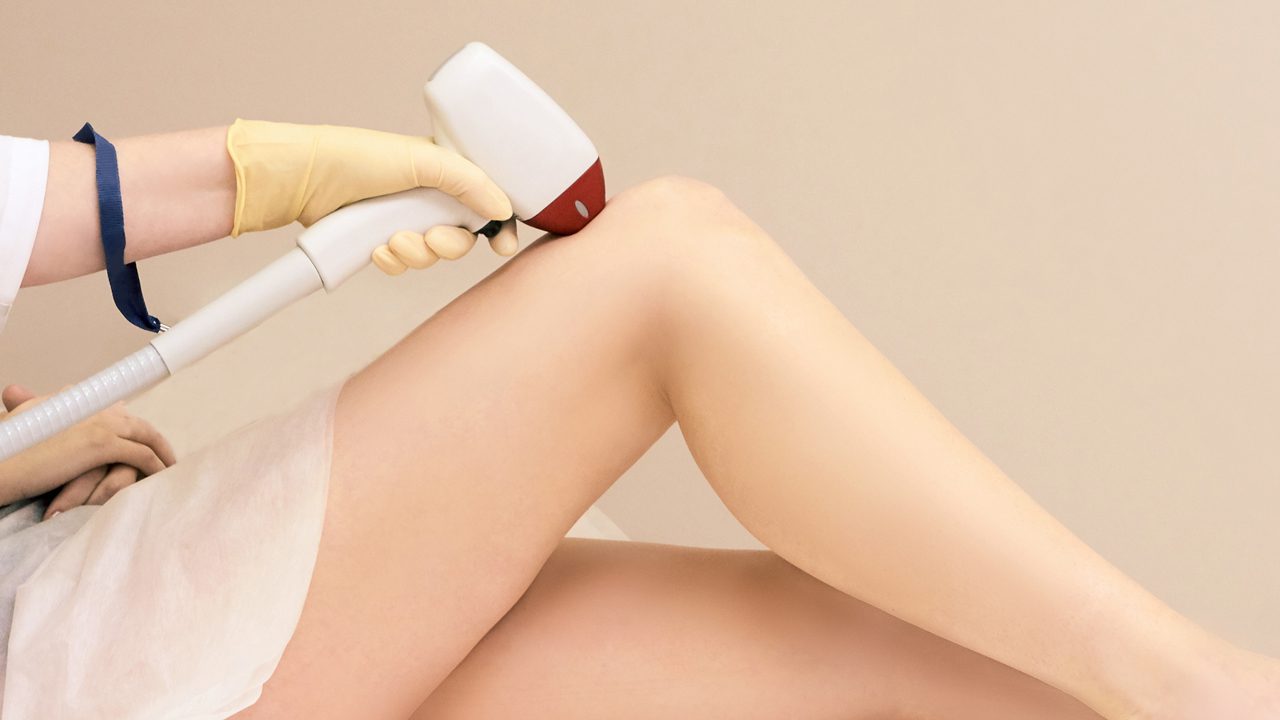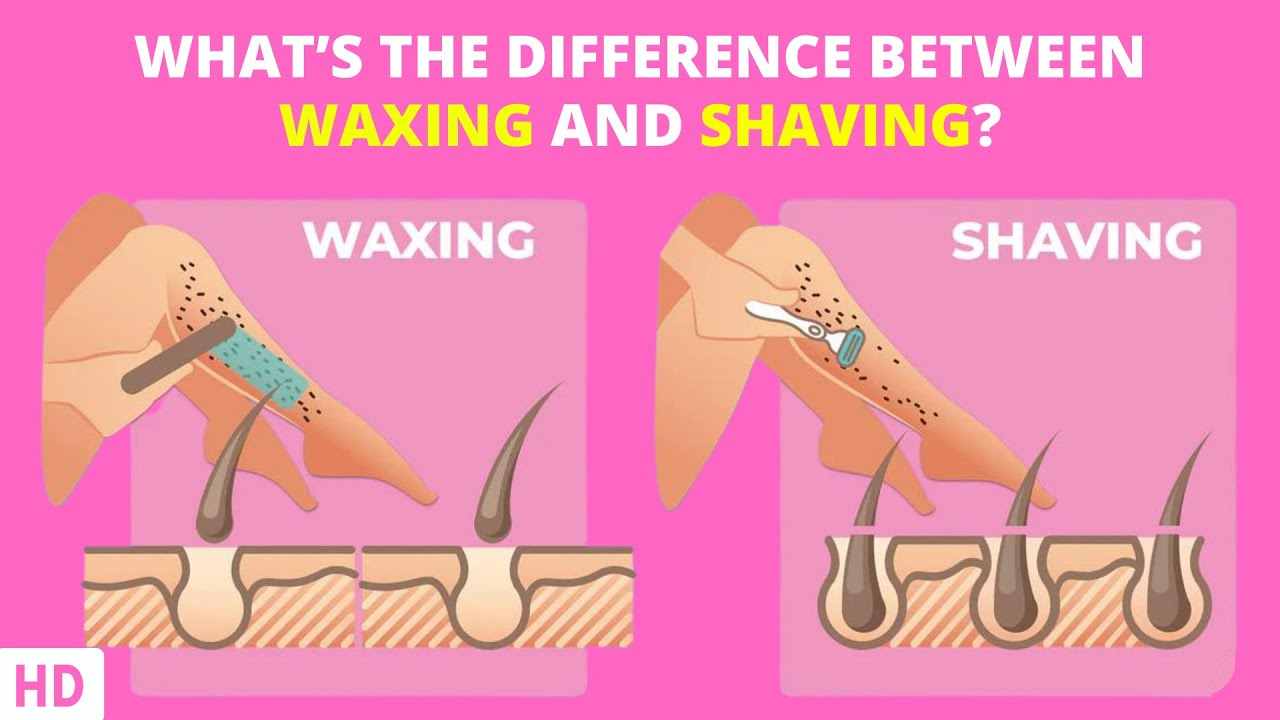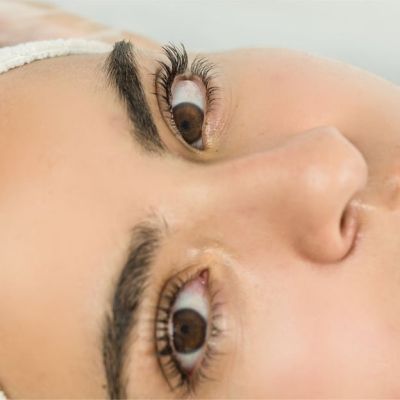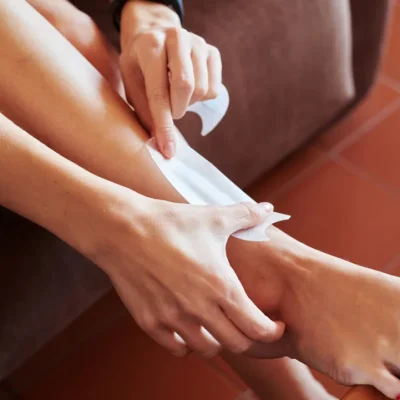Hey there! If you’ve ever wondered why waxing is often touted as the go-to hair removal method, you’re in the right place. Unlike shaving or depilatory creams, waxing removes hair from the root, which means smoother skin for a longer period—think weeks, not days! Plus, with consistent waxing, you might notice your hair grows back finer and sparser over time. Say goodbye to pesky stubble and hello to a more polished look. Not to mention, waxing can exfoliate your skin, removing dead skin cells and leaving you feeling silky smooth. In this guide, we will explore the numerous benefits of waxing over other hair removal methods and why it might be the perfect choice for you along with the deep guidance of Diva Salon.
 Whether you’re prepping for a beach vacation or just want to streamline your beauty routine, waxing services offer a host of benefits that make them worth considering. They’re not only efficient but also save you time in the long run. Plus, the results can boost your confidence, making you feel ready for anything. With their long-lasting effects and skin-smoothing properties, waxing services could be the perfect addition to your beauty regimen.
Whether you’re prepping for a beach vacation or just want to streamline your beauty routine, waxing services offer a host of benefits that make them worth considering. They’re not only efficient but also save you time in the long run. Plus, the results can boost your confidence, making you feel ready for anything. With their long-lasting effects and skin-smoothing properties, waxing services could be the perfect addition to your beauty regimen.
Understanding Waxing Services: An Overview
Waxing methods have gained popularity among those seeking long-lasting hair removal. These techniques involve applying strip or hard wax to the skin and swiftly removing it, uprooting hair from the follicle. Unlike shaving, which merely trims hair at the surface, waxing ensures smoother skin for an extended period. Professional waxing services, available at salons and spas, guarantee a hygienic and efficient hair removal process. The versatility of waxing allows for treatment on various body parts, such as legs, arms, underarms, the bikini area, and the face.
How Waxing Works: The Science Behind It
Although waxing may cause temporary discomfort, its benefits include longer periods of smooth, hair-free skin, making it a preferred choice for maintaining skin health. Waxing for health involves adhering to the hair and extracting it from the root. As the wax is applied, it envelops the hair shaft and solidifies upon cooling. In strip waxing, a cloth or paper strip is pressed onto the wax and swiftly removed, uprooting the hair. In contrast, hard wax hardens independently and is removed without strips. This process not only eliminates hair but also gradually weakens the hair follicle, potentially leading to finer and sparser regrowth.
Types of Waxing: From Strip to Hard Wax
Tips for a successful waxing experience involve understanding the two main types: strip wax and hard wax. Strip wax entails applying a thin layer to the skin, covering it with a strip of cloth or paper, and swiftly removing it. This method suits larger areas like legs and arms. On the other hand, hard wax is applied thickly, allowed to cool, and then removed without strips. It’s preferred for sensitive areas such as the face, underarms, and bikini line due to its gentle nature. Each type offers unique benefits, chosen based on the treatment area and client’s skin sensitivity, ensuring a smooth and effective waxing session.
Comparing Waxing to Other Hair Removal Methods
Waxing stands out among other hair removal methods for its ability to provide smooth, long-lasting results. Shaving, for example, only cuts hair at the skin’s surface, leading to rapid regrowth and potential stubble. Depilatory creams dissolve hair just below the surface but can be harsh on sensitive skin. Laser hair removal offers permanent reduction but is costly and requires multiple sessions. Unlike these methods, waxing removes hair from the root, ensuring a longer regrowth period and finer hair over time. It also exfoliates the skin, removing dead cells and promoting a smoother appearance, making it a preferred choice for many.
 Benefits of Waxing: Smooth Skin That Lasts
Benefits of Waxing: Smooth Skin That Lasts
The primary benefit of waxing is the extended period of smooth skin it provides. Because waxing removes hair from the root, the results can last up to six weeks, depending on individual hair growth cycles. Regular waxing can lead to finer and sparser hair regrowth, making maintenance easier over time. Additionally, waxing serves as an exfoliating treatment, removing dead skin cells and leaving the skin feeling soft and rejuvenated. Unlike shaving, there’s no risk of cuts or nicks, and waxing can reduce the occurrence of ingrown hairs. The smooth, polished look achieved through waxing boosts confidence and enhances the overall appearance.
The Exfoliating Effect: How Waxing Promotes Healthier Skin
Waxing not only removes unwanted hair but also acts as an exfoliant, helping to remove dead skin cells from the surface. This exfoliating effect promotes healthier skin by encouraging the growth of new, fresh skin cells. When the wax is pulled away, it takes with it the top layer of dead skin, revealing a smoother and more radiant complexion underneath. Regular waxing can improve skin texture and prevent the buildup of dead skin cells, which can clog pores and lead to issues like ingrown hairs and acne. This dual benefit of hair removal and exfoliation makes waxing an excellent choice for maintaining healthy, glowing skin.
Frequency and Maintenance: Keeping Up with Waxing
To maintain smooth skin, it’s important to keep up with regular waxing appointments. The frequency of waxing depends on individual hair growth rates but generally ranges from every three to six weeks. Initially, hair may grow back faster, but over time, with consistent waxing, regrowth slows down, and hair becomes finer and sparser. It’s essential to avoid shaving between waxing sessions, as this can disrupt the hair growth cycle and make future waxing less effective. Proper aftercare, such as moisturizing the skin and exfoliating between appointments, helps maintain results and reduces the risk of ingrown hairs, ensuring the skin stays smooth and healthy.
Pre-Waxing Preparation: Tips for the Best Results
Preparing your skin before a waxing session can significantly improve the results. Ensure your hair is at least a quarter-inch long for the wax to grip effectively. Avoid moisturizing the skin on the day of your appointment, as this can interfere with the wax’s ability to adhere to the hair. Exfoliating the skin a day or two before waxing helps remove dead skin cells and allows for a smoother waxing process. It’s also advisable to avoid sun exposure and tanning beds before waxing, as sunburned skin can be more sensitive and prone to irritation. Following these tips can help achieve the best possible waxing results.
Post-Waxing Care: Ensuring Smooth and Healthy Skin
Proper post-waxing care is crucial for maintaining smooth and healthy skin. Immediately after waxing, avoid hot showers, saunas, and heavy exercise for at least 24 hours to prevent irritation. Moisturize the skin regularly with a gentle, fragrance-free lotion to keep it hydrated and soft. Exfoliate the skin a few days after waxing to prevent ingrown hairs and remove any remaining dead skin cells. Wearing loose clothing after waxing can also help minimize friction and irritation. By following these post-waxing care tips, you can ensure that your skin stays smooth, healthy, and free from unwanted hair for longer periods.
Addressing Common Concerns: Pain, Irritation, and Allergies
Many people have concerns about the potential pain, irritation, and allergic reactions associated with waxing. While some discomfort is inevitable since hair is being removed from the root, the pain diminishes with regular sessions as hair grows back finer. To minimize pain, over-the-counter pain relievers can be taken an hour before the appointment. Irritation can be reduced by ensuring the skin is clean and dry before waxing and using soothing lotions afterward. Allergic reactions are rare but can occur with certain wax formulations. It’s advisable to do a patch test before a full session to ensure no adverse reactions occur, ensuring a safe and comfortable experience.
Choosing the Right Professional: What to Look for in Waxing Services
Selecting the right professional for waxing services is essential for a safe and effective experience. Look for a licensed and experienced esthetician who follows strict hygiene practices, such as using clean equipment and disposable materials. Reading reviews and seeking recommendations can help gauge the quality of service. The salon should maintain a clean and welcoming environment, with staff willing to answer any questions about the process. It’s also important to ensure that the professional uses high-quality wax suitable for your skin type. A skilled and reputable waxing professional can provide excellent results while minimizing discomfort and the risk of irritation.
Conclusion
In conclusion, waxing services offer a multitude of benefits that make them a superior choice for hair removal. From longer-lasting smooth skin to finer regrowth, waxing provides a practical and effective solution for those seeking a polished look. The added exfoliating effect enhances skin health, making it a dual-purpose treatment. By understanding the types of waxing, proper preparation, and aftercare, you can maximize the results and minimize any potential discomfort or irritation. Choosing a qualified professional ensures a safe and pleasant experience, further enhancing the appeal of waxing. Whether for a special occasion or regular beauty maintenance, waxing stands out as a reliable method to achieve and maintain silky, smooth skin.
FAQs
- How long do the results of waxing last? Waxing results can last between three to six weeks, depending on individual hair growth rates and consistency in waxing appointments.
- Does waxing hurt? Some discomfort is expected, especially for first-timers, but the pain decreases over time as hair grows back finer and sparser with regular sessions.
- Can I shave between waxing appointments? It’s best to avoid shaving between waxing sessions as it disrupts the hair growth cycle and can make future waxing less effective.
- How should I prepare my skin before a waxing appointment? Ensure your hair is at least a quarter-inch long, exfoliate a day or two before, and avoid moisturizing on the day of your appointment.
- What should I do after waxing to care for my skin? After waxing, avoid hot showers and heavy exercise for 24 hours, moisturize regularly, and exfoliate a few days later to prevent ingrown hairs.




